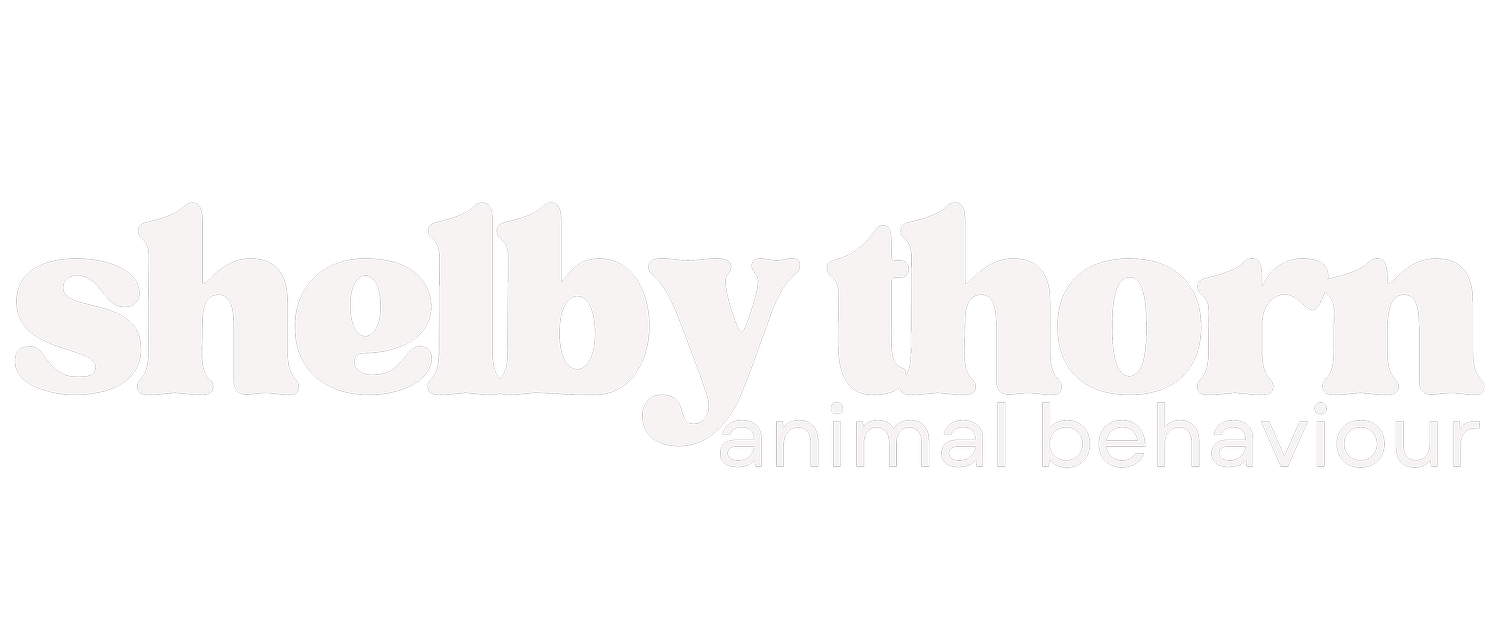Mat-ter of Fact: Mat Training That Will Solve Most of Your Behaviour Problems
Mat training provides numerous benefits by teaching your dog a designated spot to settle and stay, promoting calmness and reducing unwanted behaviours like jumping. It helps build impulse control and focus, which translates into better behaviour in various scenarios.
Additionally, it improves understanding between you and your dog around expectations, strengthens your relationship, and ensures safety by keeping them out of potentially harmful scenarios. Mat training not only promotes structure, routine and settling to your day, but it also makes your dog more manageable and serves as a foundation for teaching other essential skills.
How do I mat train my dog?
Introduce the mat, bed, or blanket: Show the mat to your dog and encourage them to approach it. You can drop treats near or on the mat to spark curiosity, marking and reinforcing when your dog makes moves towards the mat, or steps onto it, capturing this behaviour.
Get the dog on the mat: Once your dog is comfortable with the mat, in their own time, lure them to step fully onto it, marking and reinforcing when the dog is on the mat. Some dogs may do this straight away whereas other dogs may feel unsure. You might mark and reinforce the front paws first and work up to a complete stand on the mat. Lure your dog back off the mat and then repeat several times until your dog is consistently practicing this.
Teach your dog to lie on their mat: When your dog is confidently moving on and off the mat, practice luring them onto the mat again marking and reinforcing when they stand on it, however this time instead of luring them off the mat, lure your dog into a ‘drop’ marking and reinforcing when they do this. Practice chaining the behaviour of moving onto the mat with the behaviour of lying down once on the mat.
Add your verbal cue: Once the behaviour is looking good and your dog is confident doing it, introduce your chosen verbal cue, such as ‘mat’, ‘bed’, or ‘place’ as your dog steps onto the mat and lies down on it. Remember to still mark and reinforce the behaviour after they complete it and continue to practice!
Teach your dog to stay on their mat: Once you have taught your dog how to get on their mat on cue, you can start to teach them to stay there for longer periods of time. Once your dog gets onto their mat, reward them and then say a release cue such as ‘Free’ or ‘Finish’, tossing a treat away from their bed teaching them when you say this release cue the exercise is finished, and they can move away. Slowly build up the time they stay on the mat. You can do this by adding a few more seconds each time. You’ll know they're ready to stay longer when they remain calmly in place, not fidgeting or getting up. You might aim for around 5–10 second increases. Once your dog is staying for a few seconds or longer, start rewarding intermittently instead of consistently.
As your dog becomes more comfortable staying in place, start to add some movement around them. Walk around, go to different rooms, or pick up items. Always return to reward them when they stay on the mat. To increase the difficulty further, introduce mild distractions (like playing with a toy near them, having someone else walk by, or even turning on the TV). If your dog holds their position, reward them heavily.
Use the mat for real-life scenarios: Use the mat as a place for calm behaviour. When you want your dog to stay in one spot (e.g., during dinner or when guests arrive), ask them to go to the mat and reinforce the behaviour. You also might use the mat as a relaxation tool, it can be a spot where your dog can relax while learning to settle.

